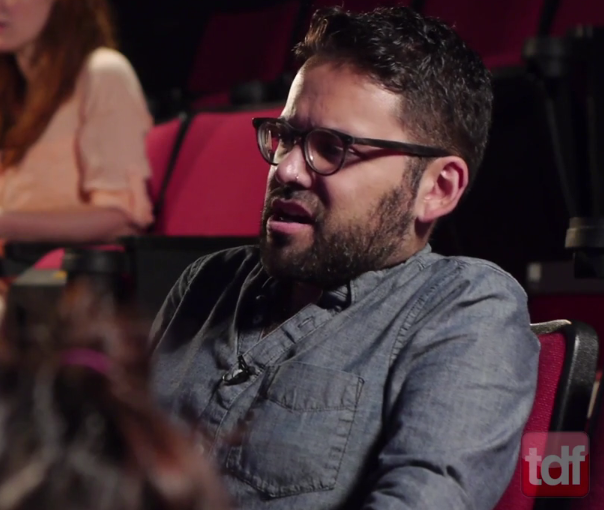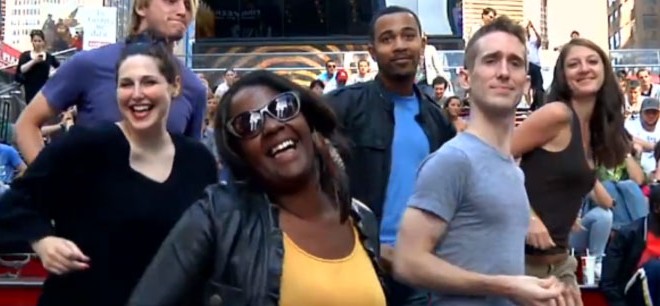It's 11 o'clock: Do you know where your showstoppers are?
Now that Broadway curtains typically go up a half hour earlier than they used to, the term “11 o’clock number” has become something of a misnomer. By the time 11 p.m. rolls around these days, the pit musicians are usually packing up their instruments instead of pumping out a go-for-broke penultimate song.
But what role does the 11 o’clock number play? It’s usually (but not always) the second-to-last song. It usually (but not always) presents some sort of emotional shift or revelation within the main character. Perhaps it’s best to think of it this way: Just as a song in a musical typically represents the culmination of that scene’s emotional content, the 11 o’clock number represents the culmination of all the scenes leading up to it. In other words, it’s kind of a big deal, and it generally falls in one of three categories:
• The soul-barer. “Rose’s Turn” in Gypsy is perhaps the best example of this version, in which the lead character gives cathartic voice to a lifetime’s worth — or at least a show’s worth — of ambivalence or anger or anything else. Runners-up include “This Nearly Was Mine” in South Pacific, “Send in the Clowns” in A Little Night Music and “Lot’s Wife” in Caroline, or Change.
• The group toe-tapper. This is more commonly found in older musicals, where the finale would often reprise earlier melodies in the show; therefore, this number tended to represent the composer’s last chance to implant a toe-tapping number in the audience members’ brains. Frank Loesser had a particular penchant for these such as “Brotherhood of Man” in How to Succeed in Business Without Really Trying and “Sit Down, You’re Rocking the Boat” in Guys and Dolls.
• The solo toe-tapper. This style has fallen out of favor but was at its peak when stars of Broadway musicals had the vaudevillian panache as well as the marquee appeal to require such a song. Had “Rose’s Turn” been a little more straightforward, it might easily have fallen into this category. Instead, the best examples might be Carol Channing’s brassy send-off “So Long, Dearie” in Hello, Dolly!, Judy Holliday’s even brassier “I’m Going Back” in Bells Are Ringing and, more recently, “The American Dream” from Miss Saigon.
If you have a hard time choosing just one of these, may we suggest Follies. Fittingly for such a famously lavish show, it features a climactic “Loveland” sequence with all three styles represented, plus a second solo toe-tapper as a bonus. By the time those four are over, 11 o’clock may seem like a long time ago.
–Eric Grode
This video is a collaboration between TDF and our friends at Avenue Q.
Here’s the creative team:
Writer/director: Mark Blankenship, TDF’s online content editor
Cinematographer/editor: Nicholas Guldner
Starring:
Veronica J. Kuehn and Lucy
Nick Kohn as himself
—
Currently playing at New World Stages and now in its 10th year in NYC, Avenue Q is the hilarious and enormously popular Tony Award-winning musical about a group of 20-somethings—people and puppets alike—who move to the New York with big dreams and tiny bank accounts. Together they live as neighbors on a street in an outer borough, where they all try to find their purpose in life.

